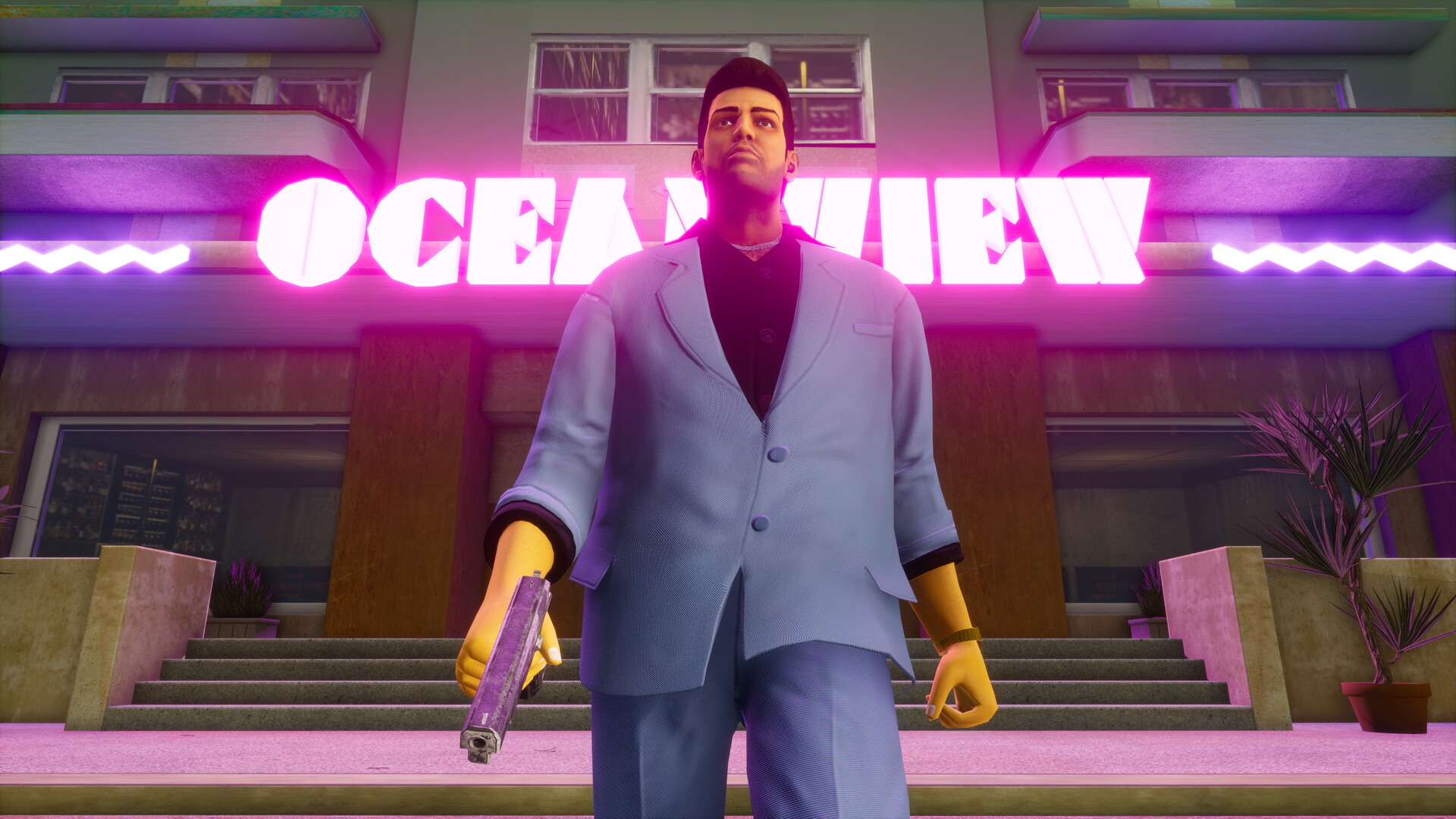
The Deathadder V3 Hyperspeed Proves Why Razer’s Flagship Mouse Still Rules
If it ain’t broke, don’t fix it – but you can at least tweak it. That’s pretty much been the way of the Deathadder, which has continually been one of the best gaming mice and Razer’s mainstay for well over a decade. Even with modernized features, slight changes to the shape, and upgrades in the tech used, there’s something very familiar about using the new Deathadder V3 Hyperspeed which is to say it’s still a fantastic mouse. While it may not stack up in terms of peak performance out of the box compared to the recent Viper V3 Pro, this new Deathadder does everything right, resulting in an all-rounder that’s easy to recommend.
Razer Deathadder V3 Hyperspeed – Design and Features
Like the aforementioned Viper V3 Pro, the Deathadder V3 sports a rather understated lowkey design – no RGB or gaudy flair, just a simple Razer logo on the palm area. While I do appreciate a bit of flash to give peripherals some personality, I tend to like the recent trend of more non-descript mice. Admittedly, it’s easy to get confused between this model and the recently released Deathadder V3 Pro but one of the defining differences is in their size. The V3 Hyperspeed still contours nicely for right-handed players with the hump fitting just right for a good grip. But it is slightly more compact by nearly every measurement, which makes a claw grip a little easier to maintain, yet it’s still beefy enough to feel comfortable in hands if I’m using a palm grip. This also means it shaves off some weight, coming in at 55 grams compared to the V3 Pro’s 63 grams.
Similar to other Razer mice, this one uses the “smooth-touch” texture that has a matte finish – without deep grooves or rubber material, it consistently sticks to my hand even in heated situations. Both mouse buttons have a crunchy and bouncy tactile feedback to them thanks to the Razer’s Gen-3 optical mouse switches, which makes left and right clicks satisfying and great for rapid-fire clicking. One minor change I like a lot is that the two side buttons have a bit more of a gap between each other that helps my thumb distinguish between the two, and they’re still in the perfect position to hit easily. The scroll wheel has a grippy and bumpy texture with distinct notches for each registered scroll, which works well for keeping the wheel in place when using it as a button.
It’s not really surprising that the Deathadder V3 Hyperspeed is a superb gaming mouse.
The most noticeable feature found underneath the mouse are the extra large PTFE feet – it’s similar to the Viper V3 Pro and was a surprisingly effective change that improved the smoothness of it gliding across my desk mat. I can say the same about the Deathadder V3 Hyperspeed, and it makes the mouse a joy to use. There’s also a slot to stow the 2.4GHz wireless dongle, which is convenient when storing the mouse. The unified power button and DPI switch is also on the bottom, which also highlights the fact that there are no Bluetooth capabilities on this mouse. It’s not a huge loss considering it’s a gaming mouse, but it does lose some versatility even if it’s to rid a bit of bloat.
The Deathadder V3 Hyperspeed uses the Focus X 26K optical sensor which is quite as robust as the Focus Pro 30K found on the V3 Pro, but it’s still a high-performance sensor that’s more than worthy of pro-level play. Out of the box, the V3 Hyperspeed sports a 1000Hz polling rate with its 2.4GHz wireless dongle, which is the modern standard in gaming mice for competitive play. It is also capable of up to the coveted 8000Hz polling rate, but it requires Razer’s Hyperpolling dongle that is not included with the V3 Hyperspeed – unless you are very serious about competitive gaming and running a super high refresh rate monitor, you are likely to not reap the benefits of a higher polling rate. And in this particular case, it’s probably for the best since it helps keep the price of the Deathadder V3 Hyperspeed down ($99.99 compared to the V3 Pro’s $159.99).
Pair your mouse with a proper keyboard
Check out our roundup of the best gaming keyboards!
Razer Deathadder V3 Hyperspeed – Software and Battery Life
Customization requires you to use the all-in-one Razer Synapse software, which can be unwieldy at times. It’s straightforward to adjust features on the Deathadder V3 Hyperspeed, however. Since there is no RGB lighting on the mouse, customization comes down to DPI settings (of which X- and Y-axes can be changed separately), button assignments, activating Smart Tracking, and power saving options.
A big new feature here is Dynamic Sensitivity which allows the mouse to automatically adapt its sensitivity based on how fast you physically swipe it. There are a few presets for how the acceleration curve works and can even be customized down to your exact liking. This helps make drastic turns in shooter games much faster without having to rely on a higher base sensitivity, so this can be useful for competitive gamers who want to use granular adjustments to improve their game. One other setting worth noting is mouse rotation – the idea is that if you hold your mouse at an inward angle, the sensor can recognize your horizontal movements as if they were on a normal axis. I have more thoughts on both features in the next section.
Synapse is also where you’re going to be able to monitor battery life, and with it rated for 100 hours using 1000Hz polling rate, I didn’t have to worry about the mouse dying after a full charge. I used the Deathadder V3 Hyperspeed for four days while gaming and working, which would account for roughly 50 hours, the battery was slightly above 50% charged – it seems Razer’s claims hold up.
Razer Deathadder V3 Hyperspeed – Performance
Once again, I’ve played several ranked matches in Counter-Strike 2 to put the Deathadder V3 Hyperspeed through its paces in a competitive setting. And I continued to grind out my daily and weekly raids and dungeon runs in Final Fantasy XIV to see how the mouse fares as an all-rounder. This being yet another iteration of the Deathadder, I was not surprised by how well it performed and how comfortable it was to use regardless of setting.
Counter-Strike 2 is my main shooter and having tested all my mice in competitive play, I can attest to the Deathadder V3 Hyperspeed being as good as anything I’ve used in recent memory. I have noticed an improvement in the tracking and smoothness of my mouse movements when playing CS2 with a higher polling rate like 4000Hz (running 1440p resolution and 144Hz refresh rate), however I don’t feel it’s a defining factor in my overall performance. Between the optical sensor, ergonomics, and solid buttons, the Deathadder has all the foundations covered. Also, 1000Hz polling rate is nothing to scoff at, and the option for up to 8000 Hz is still open with this mouse if you pick up the $30 Hyperpolling receiver. I was still getting them headshots, getting picks around corners, and controlling my recoil pattern to maintain a positive K/D ratio.
Comfort is the main thing I’m looking for in a mouse when I play FFXIV, and as I mentioned earlier, the size, weight, and grippy texture makes it a breeze to use. The perfectly positioned side buttons and their distinct spacing help executing key actions with ease. Running raids for two or three hours felt effortless because it’s so lightweight and ergonomic, but also the reduced friction makes navigating menus and managing inventory
On paper, Dynamic Sensitivity can be a useful feature if quick turns or flick shots are key parts of the shooters you play. However, I find it feels unnatural regardless of the advantage it may offer. And for me who will continue to use different mice, it’s not the kind of thing I want to rely on or get used to. If you’re locked in on a specific game and want to squeeze every advantage possible, then I would suggest at least looking into it, otherwise it may not be worth using.
Purchasing Guide
The Razer Deathadder V3 Hyperspeed is available for $99.99 at retailers such as Amazon, Best Buy, and the Razer Store. The Hyperpolling wireless dongle to enable higher polling rates is also available for $29.99 on the Razer Store.








